skip to main |
skip to sidebar
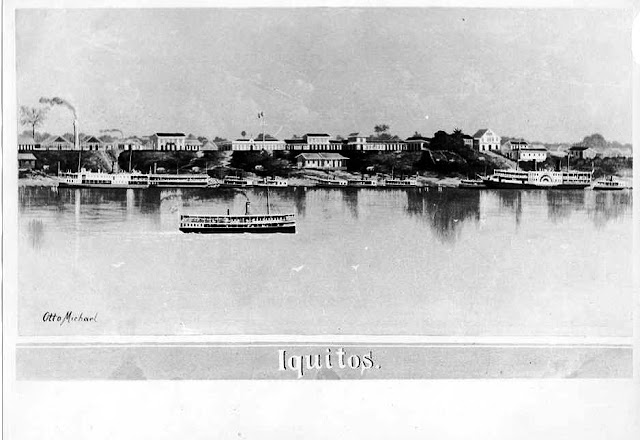
_____________________________
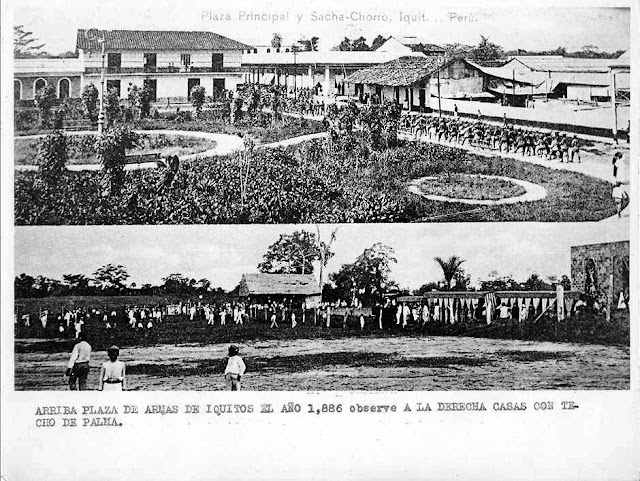
_____________________________
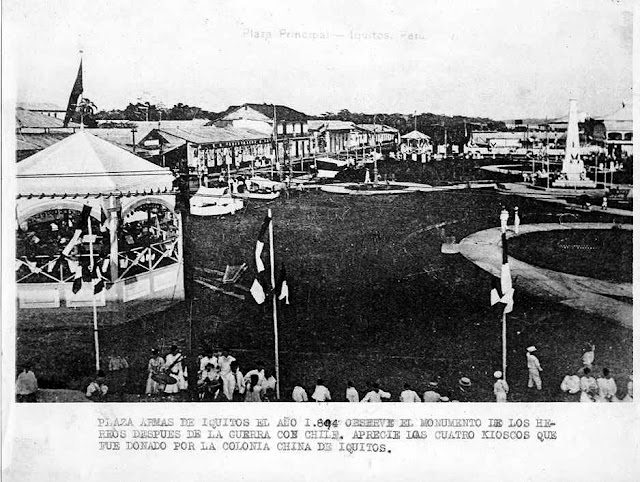
_____________________________
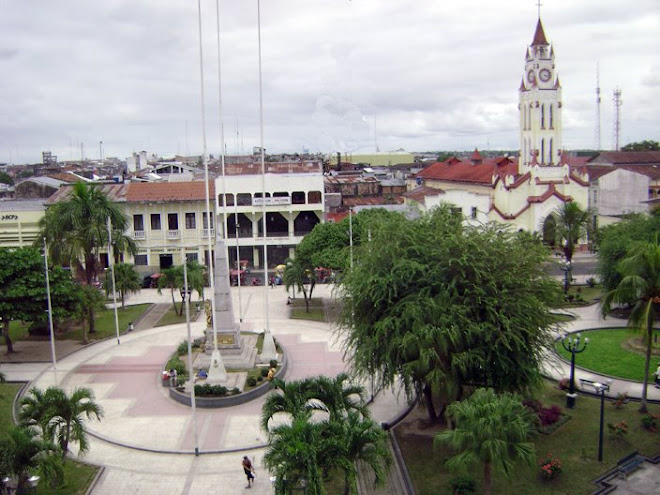
_____________________________
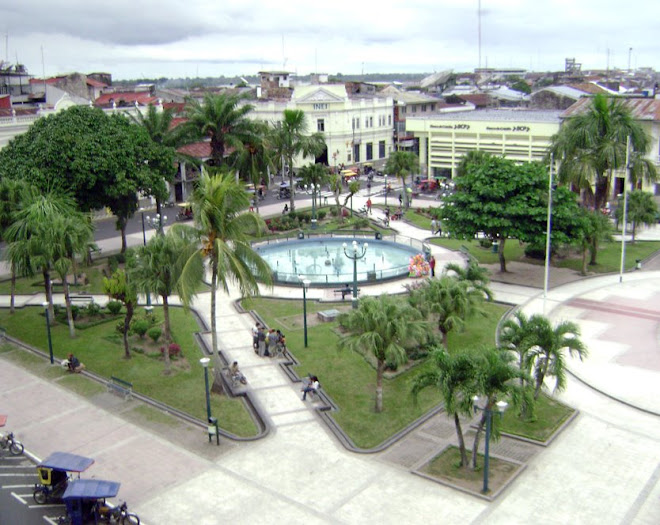
_____________________________
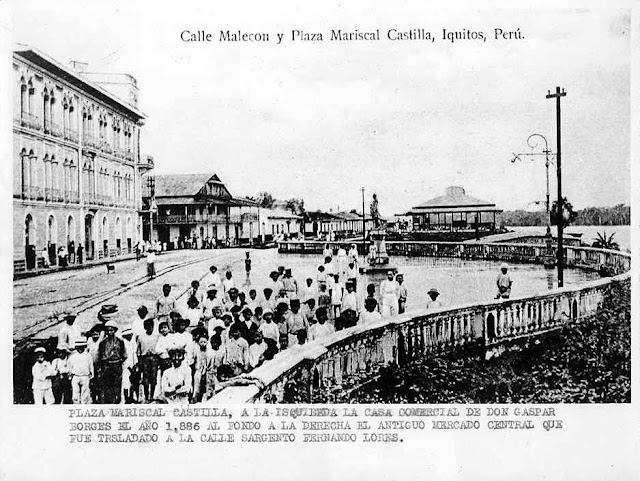
_____________________________

_____________________________

_____________________________

_____________________________
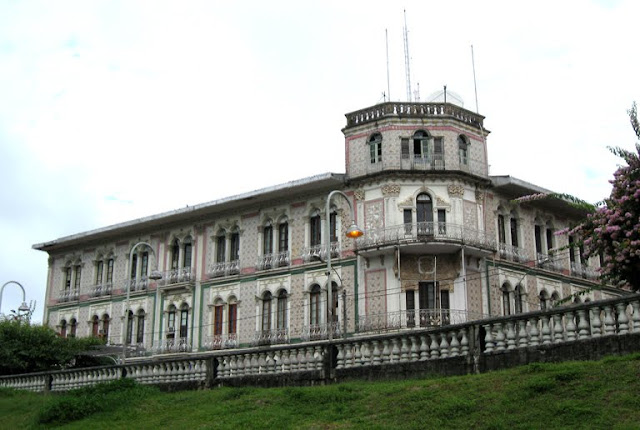
_____________________________
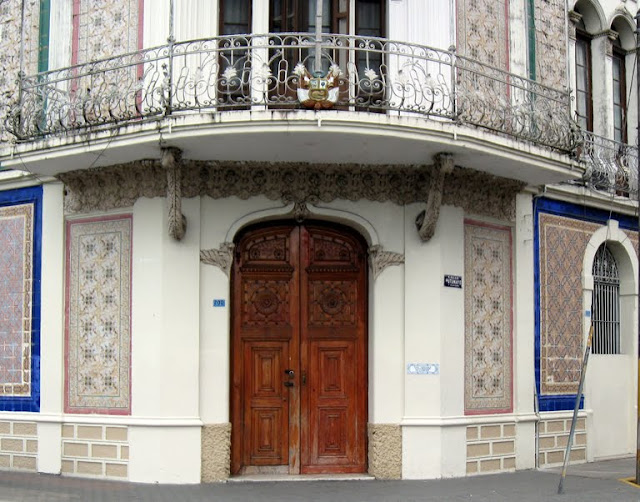
_____________________________
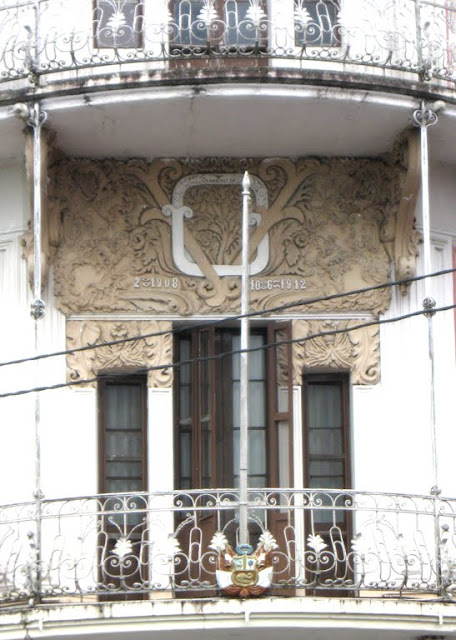
______________________________
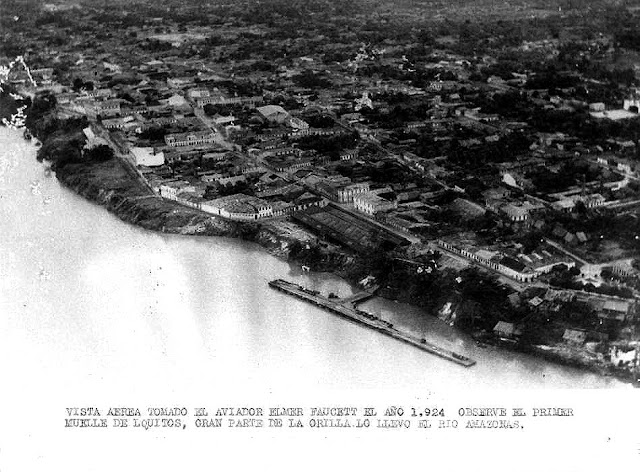
_____________________________
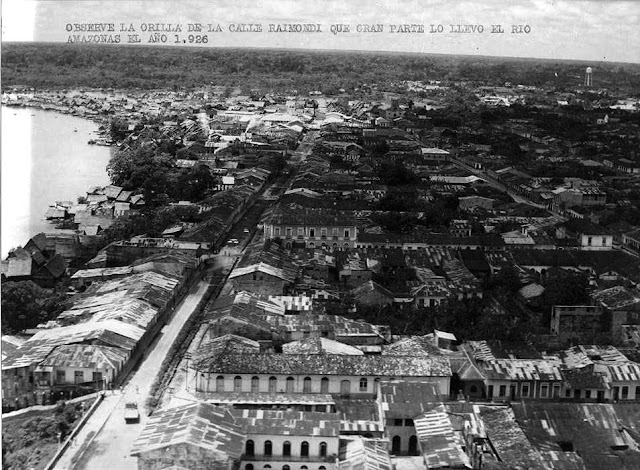
_____________________________
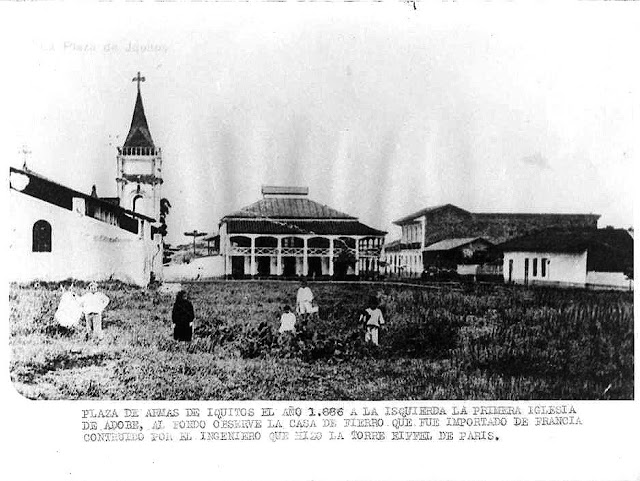
_____________________________

_____________________________
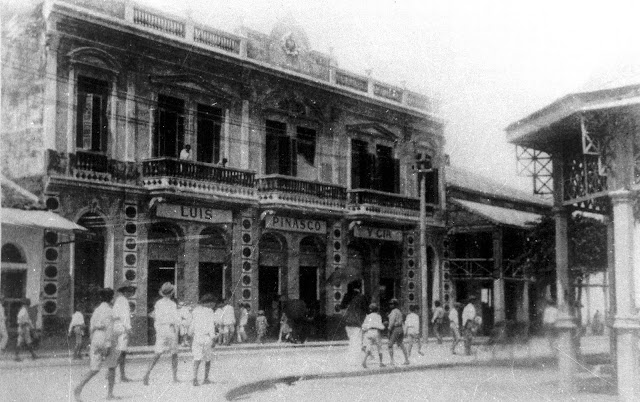
_______________________________
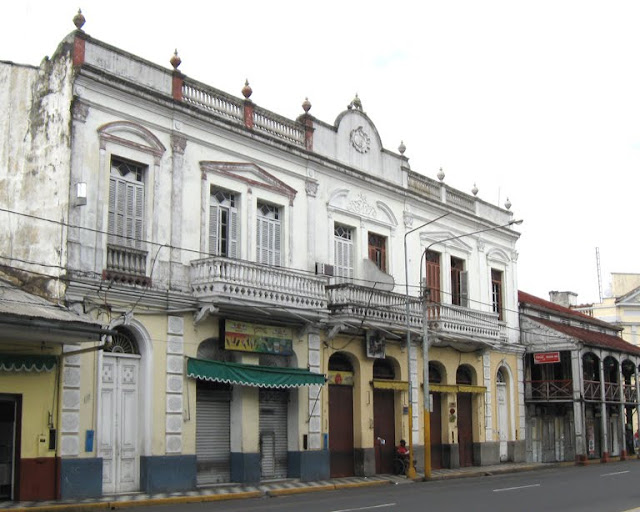
_____________________________
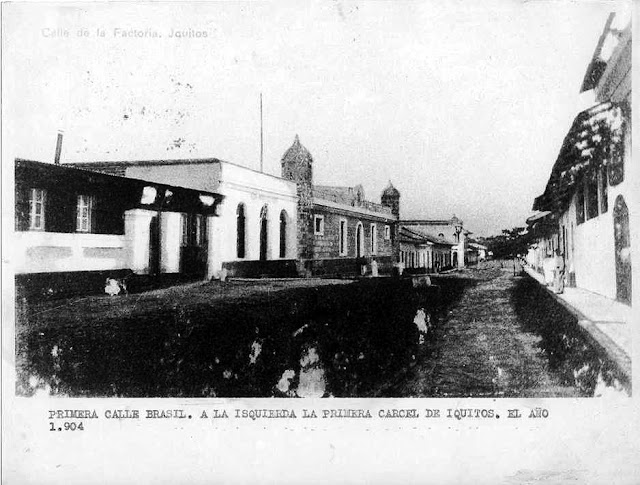
______________________________
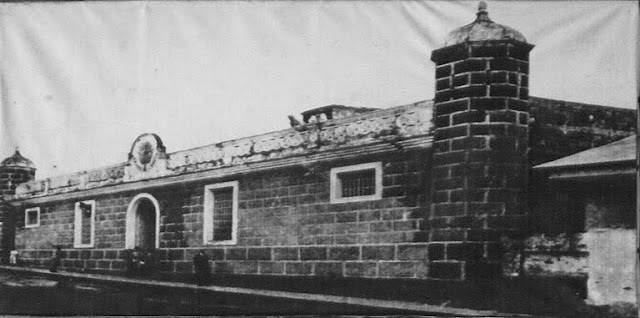
_____________________________
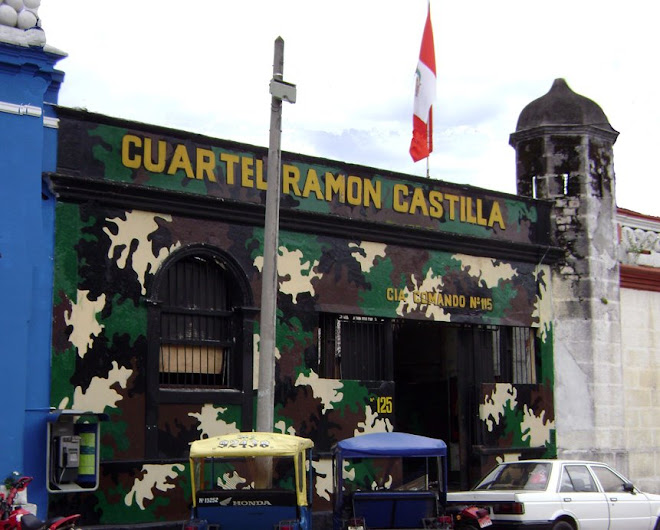
_____________________________
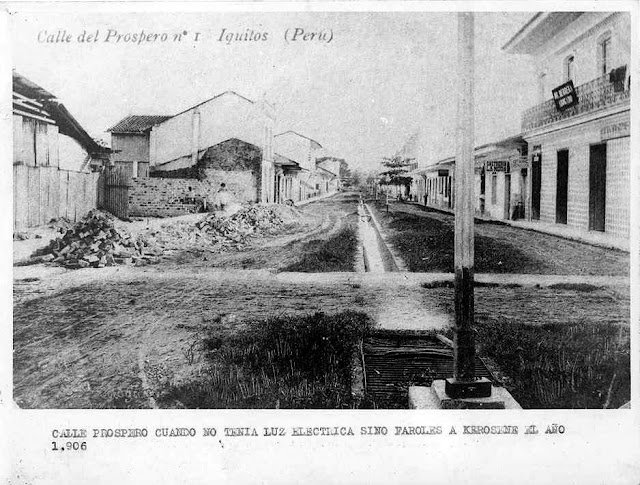
_____________________________
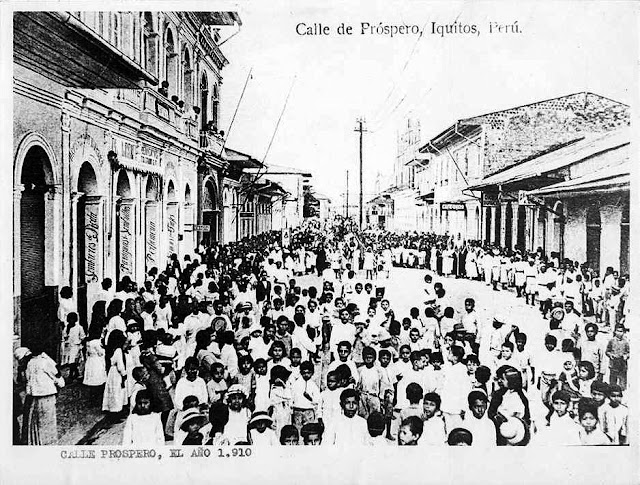
_____________________________
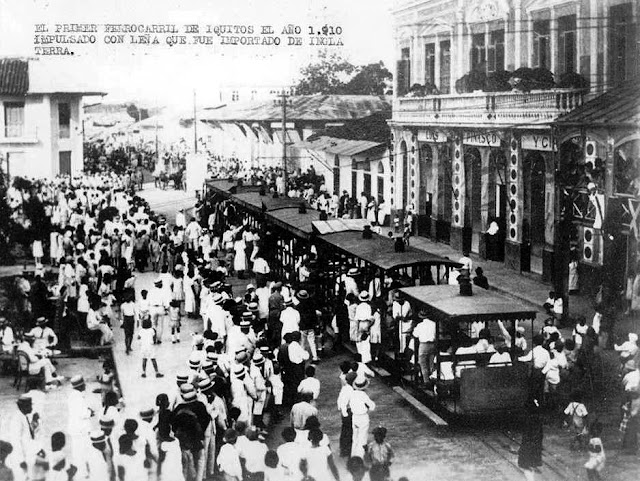
_____________________________
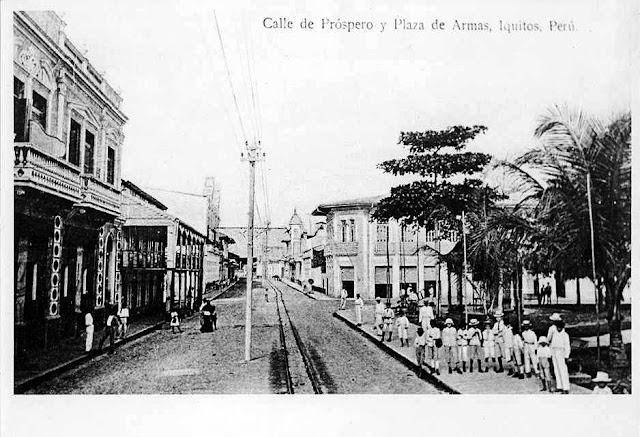
_____________________________

_____________________________
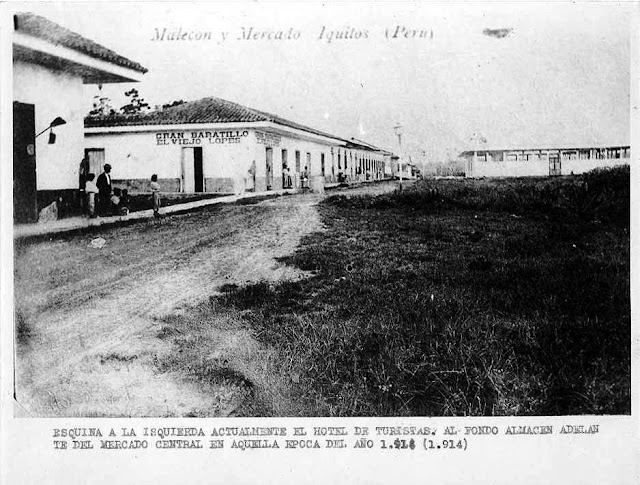
_____________________________
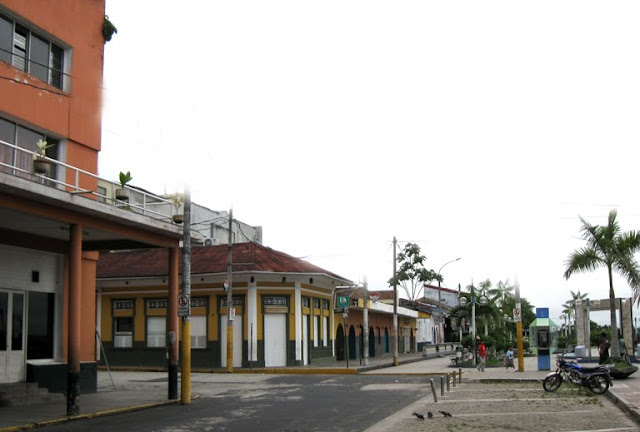
______________________________

_____________________________
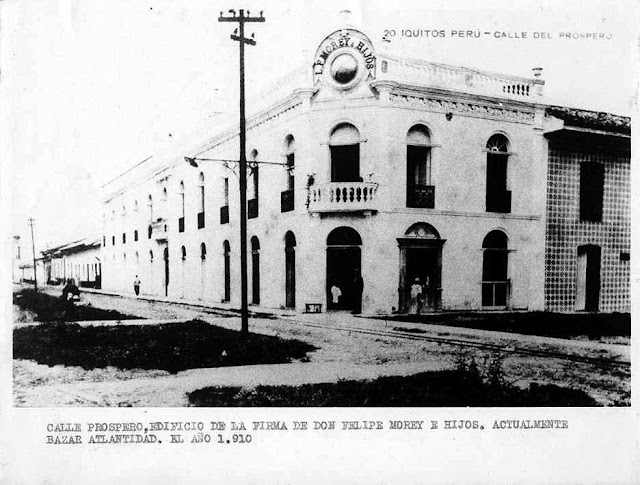
_____________________________
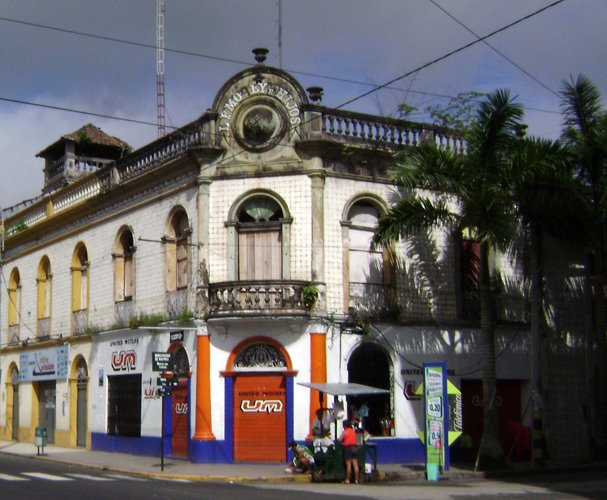
_____________________________
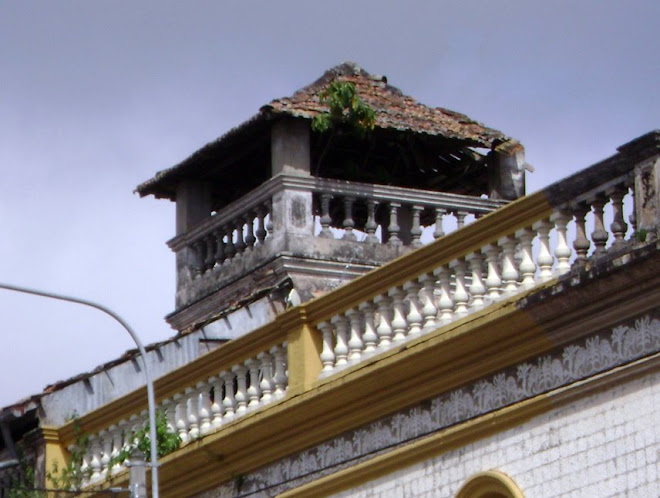
_____________________________
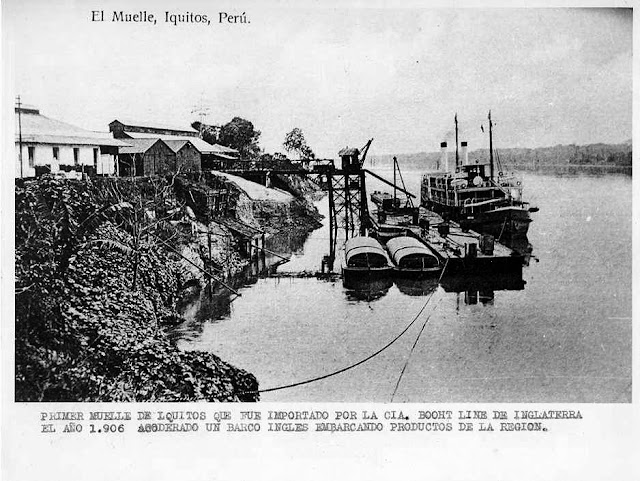
______________________________
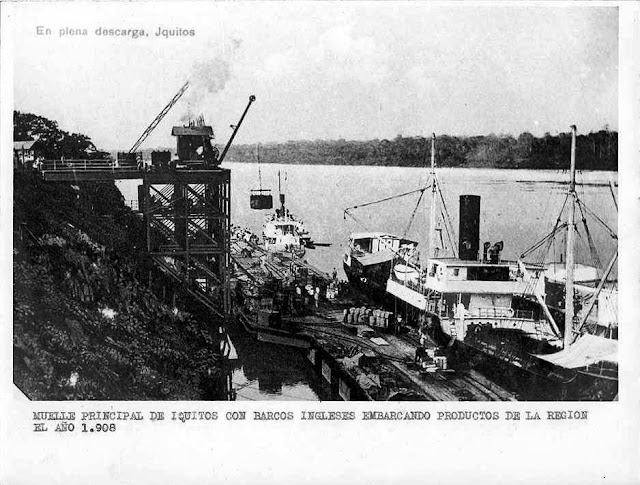
_____________________________
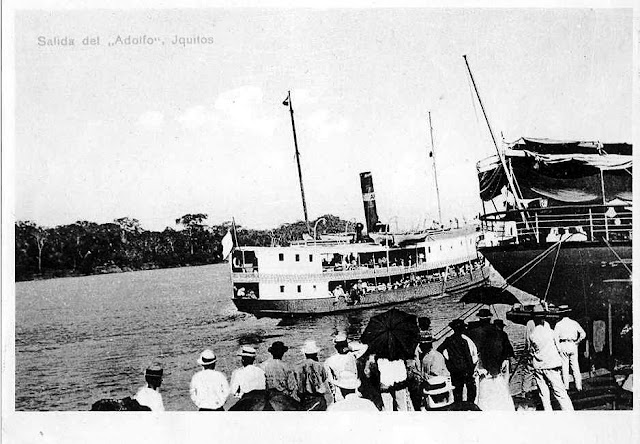
_____________________________
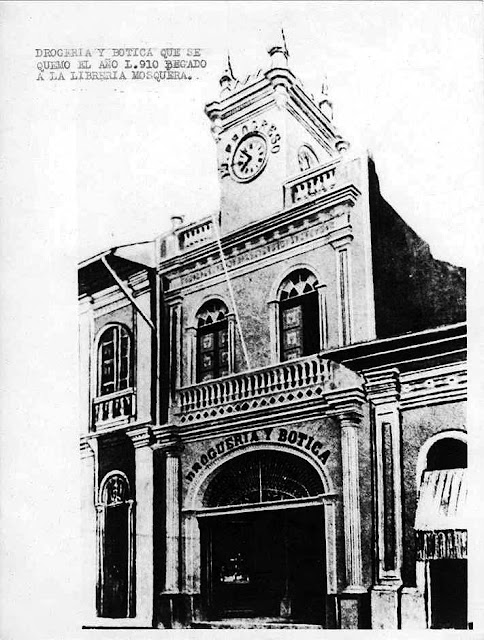
_____________________________
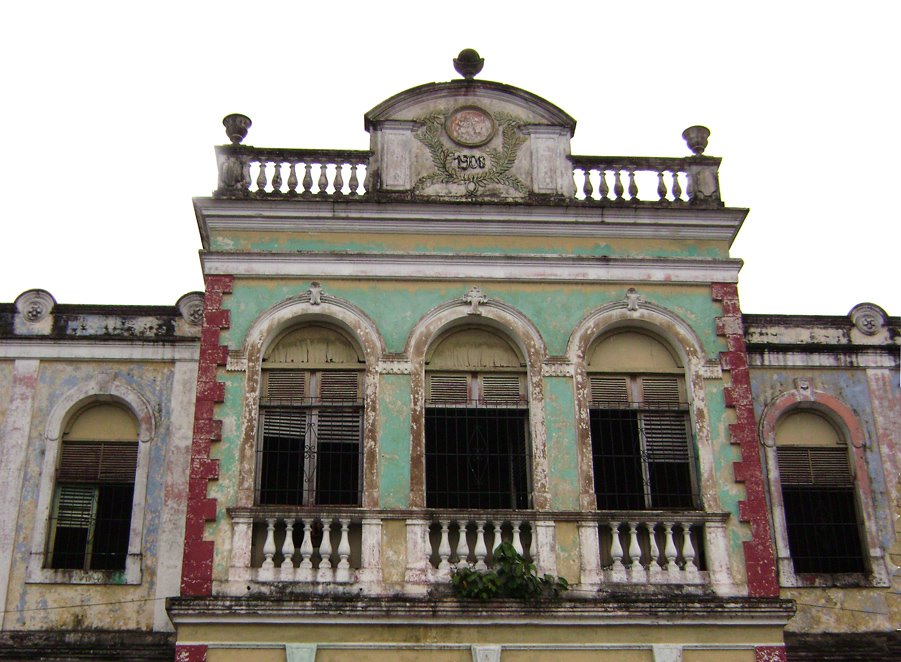
_____________________________
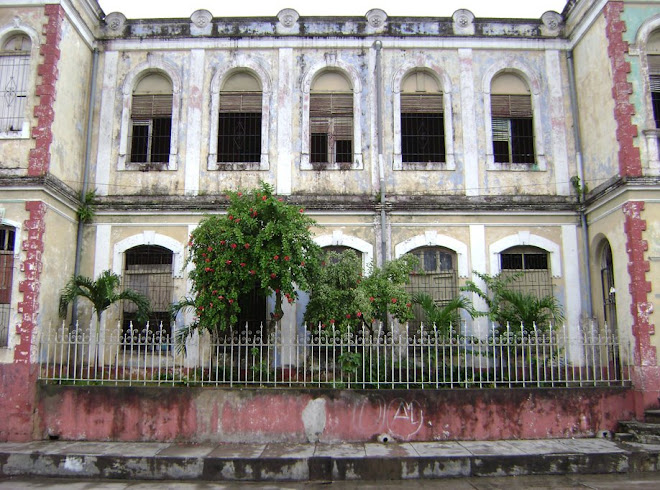
_____________________________
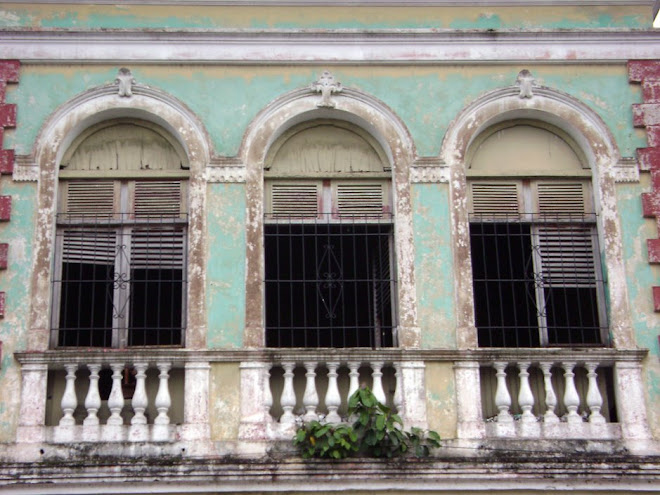
_____________________________

_____________________________

_____________________________

_____________________________
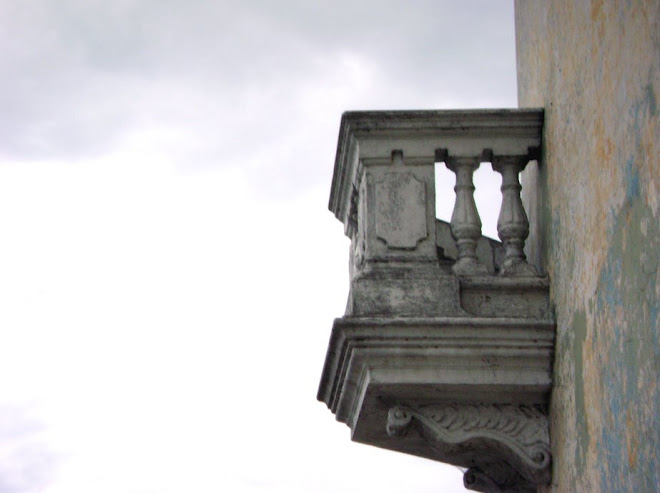
______________________________
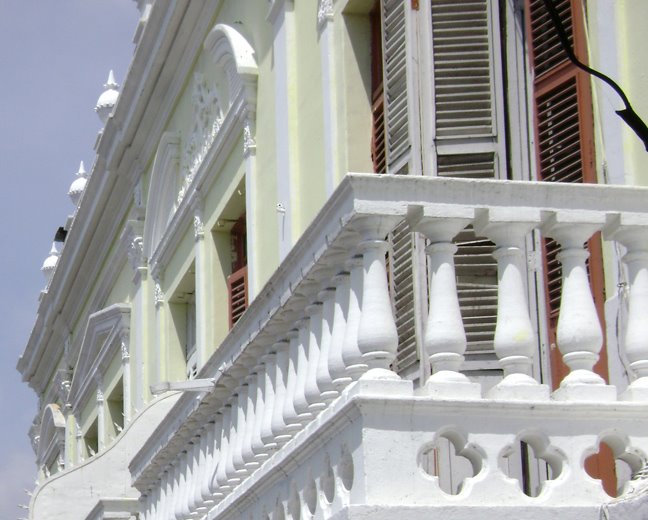
______________________________
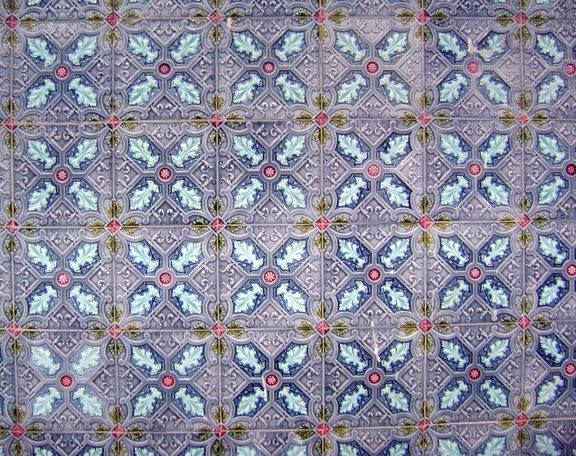
_____________________________
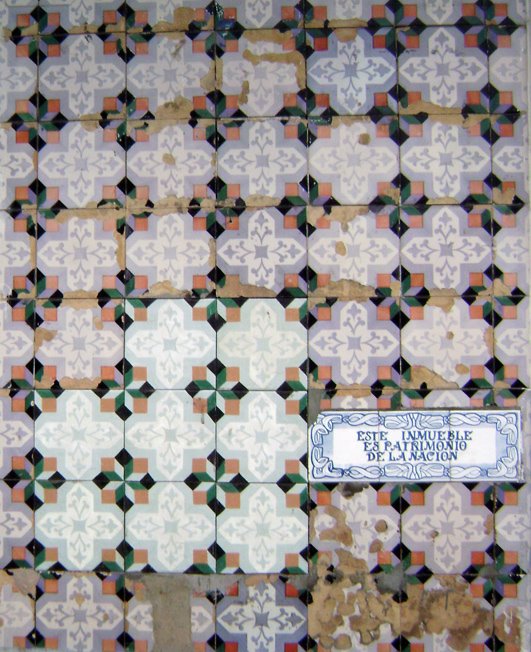
______________________________
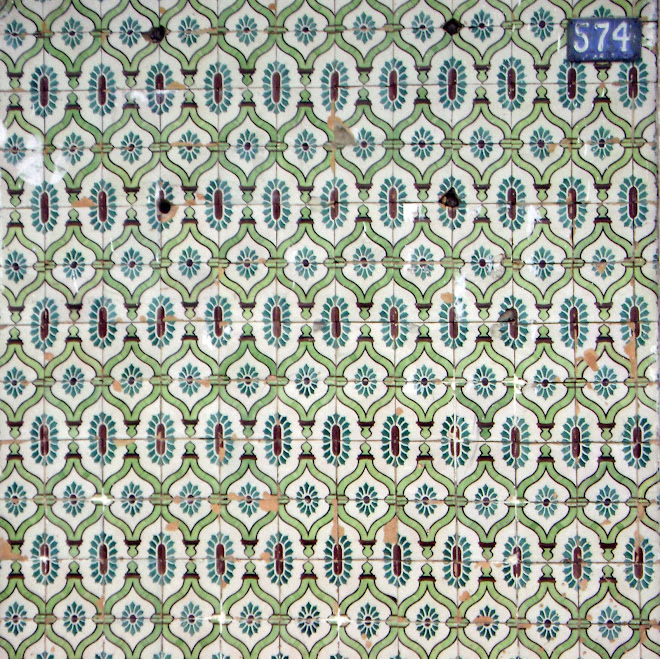
______________________________
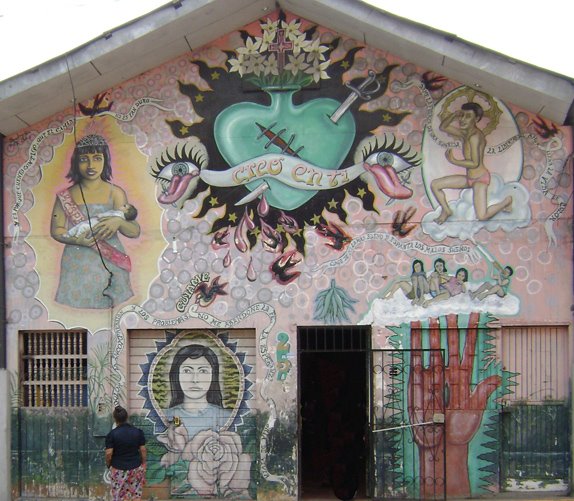
______________________________
IQUITOS, PERU
A photographic record of Iquitos, Peru - past and present.
History of Iquitos
Iquitos, located on the Amazon River in northeastern Peru, was originally one of the numerous Indian settlements organized by the Jesuit missionaries in the 16th century, and was known as San Pablo de Napeanos. Its population dispersed, but a community was re-established around 1760. Since the majority of the population were Iquitos Indians it became known as the village of Iquitos.
In 1864, three years after President Ramón Castilla had established the Departamento de Loreto (State of Loreto) port facilities were built and this is generally considered as the founding date of Iquitos. Iquitos is the furthest inland deep-water port in the world and receives ships coming up 2300 miles from the mouth of the Amazon on the Atlantic Ocean. To this day there are no roads in or out and Iquitos can only be reached by river or air.
At the end of the nineteenth century Iquitos, along with Manaus, Brazil, prospered greatly from the exportation of rubber. During this period of grandeur many fine buildings were erected, including the “Iron House” designed by Gustav Eiffel of Eiffel Tower fame, which was purchased at the Paris World’s Fair by a rubber baron, disassembled and brought to Iquitos where it was re-assembled in 1886 and still stands on the Plaza de Armas. The center piece of the Plaza de Armas, the Iquitos cathedral,was completed in 1911. The Hotel Palacios was built between 1908-1912 and is one of many buildings faced with ceramic tiles imported from Italy and Portugal. With the end of the Rubber Boom, around 1910, Iquitos fell into a deep decline and it wasn’t until the discovery of oil in the mid-twentieth century that Iquitos began to prosper again.
Today Iquitos has a population around 400,000 and depends on exports of oil, wood, plant products and tourism.
Photos by Scott Humfeld (other than B&W and where noted. B&W photos courtesy of Sr. Serafin Otero, ex-Director of Tourism for Iquitos.)
Go to - Photographic Record of Iquitos Part 2
Also see - Iquitos Cemetery photos
In 1864, three years after President Ramón Castilla had established the Departamento de Loreto (State of Loreto) port facilities were built and this is generally considered as the founding date of Iquitos. Iquitos is the furthest inland deep-water port in the world and receives ships coming up 2300 miles from the mouth of the Amazon on the Atlantic Ocean. To this day there are no roads in or out and Iquitos can only be reached by river or air.
At the end of the nineteenth century Iquitos, along with Manaus, Brazil, prospered greatly from the exportation of rubber. During this period of grandeur many fine buildings were erected, including the “Iron House” designed by Gustav Eiffel of Eiffel Tower fame, which was purchased at the Paris World’s Fair by a rubber baron, disassembled and brought to Iquitos where it was re-assembled in 1886 and still stands on the Plaza de Armas. The center piece of the Plaza de Armas, the Iquitos cathedral,was completed in 1911. The Hotel Palacios was built between 1908-1912 and is one of many buildings faced with ceramic tiles imported from Italy and Portugal. With the end of the Rubber Boom, around 1910, Iquitos fell into a deep decline and it wasn’t until the discovery of oil in the mid-twentieth century that Iquitos began to prosper again.
Today Iquitos has a population around 400,000 and depends on exports of oil, wood, plant products and tourism.
Photos by Scott Humfeld (other than B&W and where noted. B&W photos courtesy of Sr. Serafin Otero, ex-Director of Tourism for Iquitos.)
Go to - Photographic Record of Iquitos Part 2
Also see - Iquitos Cemetery photos
Vision of Iquitos 1910 - Painting by Otto Michael.

_____________________________
Plaza de Armas 1886

_____________________________
Plaza de Armas 1894

_____________________________
Plaza de Armas 2008

_____________________________
Plaza de Armas 2008

_____________________________
Waterfront 1886

_____________________________
Waterfront 2008

_____________________________
Waterfront 2008

_____________________________
Old Seminary

_____________________________
Hotel Palacios. Built 1908-12

_____________________________

_____________________________

______________________________
Aerial view of main dock 1924. Photo taken by Elmer Faucett, co-founder of Peru's first airline.

_____________________________
Aerial view of Raimondi St. 1926

_____________________________
La Casa de Fierro (The Iron House) 1886

_____________________________
La Casa de Fierro 2008

_____________________________
Pinasco Building 1910 (Casa de Fierro on R)

_______________________________
Pinasco Building 2010 (Casa de Fierro on R)

_____________________________
Brasil St. 1904 - First jail in Iquitos

______________________________

_____________________________
Commando HQ 2008 (Formerly first jail)

_____________________________
Prospero St. 1906 - Lamp posts held kerosene lamps

_____________________________
Prospero St. 1910

_____________________________
Streetcar on Prospero St. 1910

_____________________________
Prosprero St. & Plaza de Armas (Iron House is 2nd bldng on L)

_____________________________
Customs House 1912

_____________________________
Central Market 1914 (far R) Corner of Hotel Turistas ( far L)

_____________________________
Hotel Turistas (far L)

______________________________
Abandoned building 2008

_____________________________
Morey building 1910

_____________________________
Morey building 2008

_____________________________
Penthouse loft

_____________________________
First dock in Iquitos - 1906. Built by Booth Shipping Lines.

______________________________
Main port 1908

_____________________________
M/V Adolfo leaving dock

_____________________________
Pharmacy. Burned down in 1910

_____________________________
Boys School built in 1905

_____________________________
Boys School

_____________________________
Boys School

_____________________________
Old House 2008

_____________________________
Wrought Iron 2008

_____________________________
Balconies 2008

_____________________________
Balcony 2008

______________________________
Balcony 2008

______________________________
Examples of imported tiles

_____________________________

______________________________

______________________________
Ayahuasca house 2008

______________________________